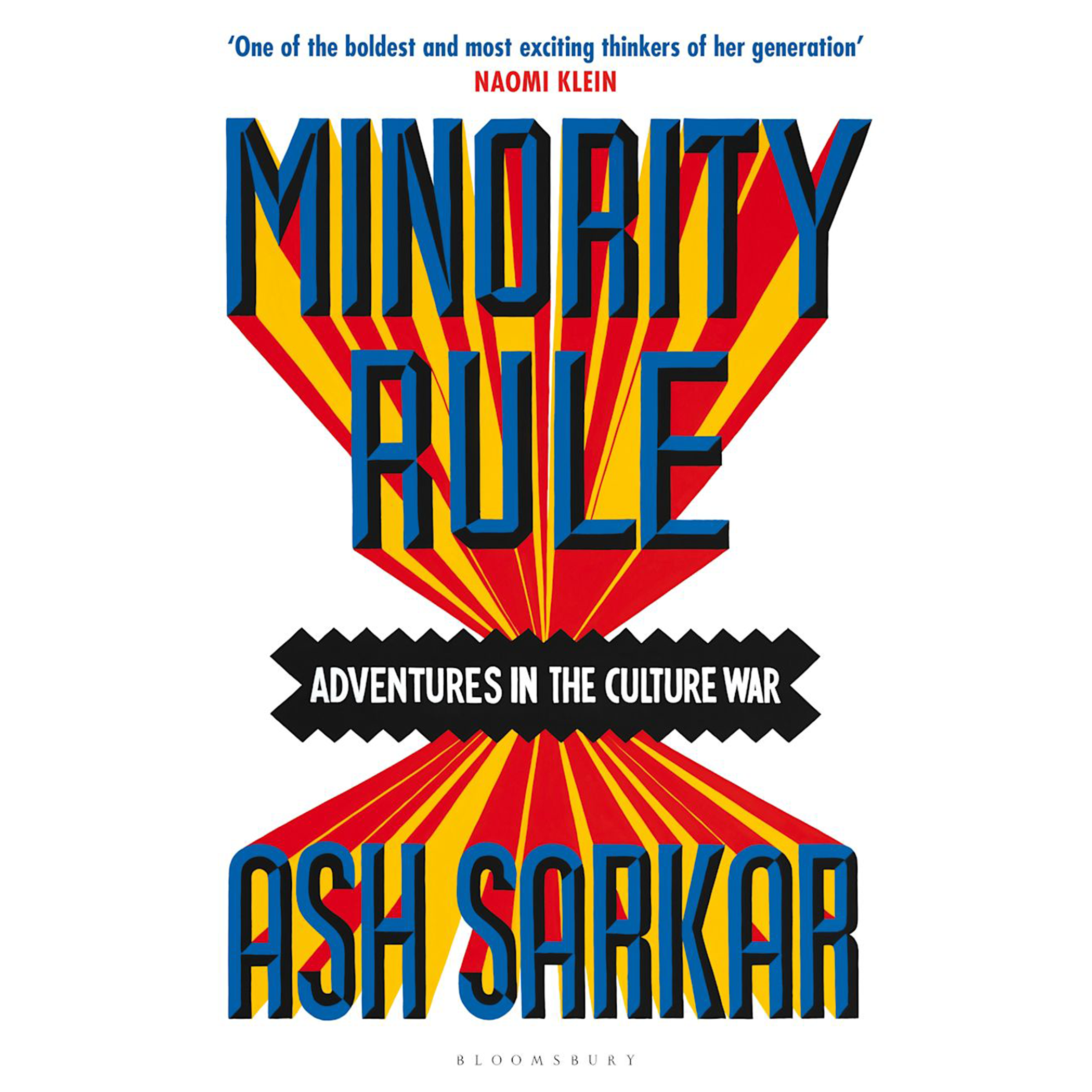The Way to the Sea
The Way to the Sea | By Caroline Crampton
As one of the key entrances and exits to England, the estuary has been pivotal to London's economic fortunes and in defining its place in the world.
It has also been the entry point for immigrants for generations, yet it has an ambivalent relationship with newcomers, and UKIP's popularity in the area is on the rise. As Caroline navigates the waters of the estuary, she also seeks out its stories: empty warehouses and arsenals; the Thames barrier, which guards the safety of Londoners more precariously than we might; shipwrecks still inhabited by the ghosts of the drowned; vast Victorian pumping stations which continue to carry away the capital's sewage; the river banks, layered with archaeological Anglo-Saxon treasures; literature inspired by its landscape; beacons used for centuries to guide boats through the dark and murky waterways of the estuary; the eerie Maunsell army forts - 24 metre high towers of concrete and steel which were built on concealed sandbanks at the far reaches of the estuary during the Second World War and designed to spot (and shoot) at incoming enemy planes; and the estuary's wildlife and shifting tidal moods.
‘Alone in the silent dark, she traversed the mouth of the estuary in mile-long sweeps, making a little more progress up the river each time she turned. Wind and tide were pushing her away, back towards the sea.’
Caroline Crampton is a writer and editor who contributes regularly to the Guardian, the Mail on Sunday and the New Humanist. She has appeared as a broadcaster on Newsnight, Sky News and BBC Radio 4.
The Way to the Sea | By Caroline Crampton
As one of the key entrances and exits to England, the estuary has been pivotal to London's economic fortunes and in defining its place in the world.
It has also been the entry point for immigrants for generations, yet it has an ambivalent relationship with newcomers, and UKIP's popularity in the area is on the rise. As Caroline navigates the waters of the estuary, she also seeks out its stories: empty warehouses and arsenals; the Thames barrier, which guards the safety of Londoners more precariously than we might; shipwrecks still inhabited by the ghosts of the drowned; vast Victorian pumping stations which continue to carry away the capital's sewage; the river banks, layered with archaeological Anglo-Saxon treasures; literature inspired by its landscape; beacons used for centuries to guide boats through the dark and murky waterways of the estuary; the eerie Maunsell army forts - 24 metre high towers of concrete and steel which were built on concealed sandbanks at the far reaches of the estuary during the Second World War and designed to spot (and shoot) at incoming enemy planes; and the estuary's wildlife and shifting tidal moods.
‘Alone in the silent dark, she traversed the mouth of the estuary in mile-long sweeps, making a little more progress up the river each time she turned. Wind and tide were pushing her away, back towards the sea.’
Caroline Crampton is a writer and editor who contributes regularly to the Guardian, the Mail on Sunday and the New Humanist. She has appeared as a broadcaster on Newsnight, Sky News and BBC Radio 4.
The Way to the Sea | By Caroline Crampton
As one of the key entrances and exits to England, the estuary has been pivotal to London's economic fortunes and in defining its place in the world.
It has also been the entry point for immigrants for generations, yet it has an ambivalent relationship with newcomers, and UKIP's popularity in the area is on the rise. As Caroline navigates the waters of the estuary, she also seeks out its stories: empty warehouses and arsenals; the Thames barrier, which guards the safety of Londoners more precariously than we might; shipwrecks still inhabited by the ghosts of the drowned; vast Victorian pumping stations which continue to carry away the capital's sewage; the river banks, layered with archaeological Anglo-Saxon treasures; literature inspired by its landscape; beacons used for centuries to guide boats through the dark and murky waterways of the estuary; the eerie Maunsell army forts - 24 metre high towers of concrete and steel which were built on concealed sandbanks at the far reaches of the estuary during the Second World War and designed to spot (and shoot) at incoming enemy planes; and the estuary's wildlife and shifting tidal moods.
‘Alone in the silent dark, she traversed the mouth of the estuary in mile-long sweeps, making a little more progress up the river each time she turned. Wind and tide were pushing her away, back towards the sea.’
Caroline Crampton is a writer and editor who contributes regularly to the Guardian, the Mail on Sunday and the New Humanist. She has appeared as a broadcaster on Newsnight, Sky News and BBC Radio 4.






